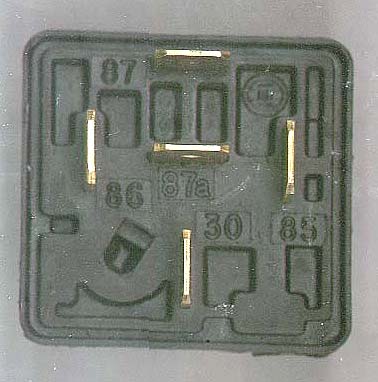My pajero has a 3 row core radiator which I got from dad as part of my rebuild so it cools very well under most circumstances. This makes the viscous fan a bit of a dead weight for the engine to carry and I believe I might shave another 1l/100km off my economy if I can replace it with an electric fan.
Thing is, I already have an electric fan installed that I wired to the A/C compressor clutch engagement feed via a relay, so wiring in the fan to keep blowing if the engine gets too hot is a simple procedure and only involves some wiring and another relay (don't want the compressor cycling on when the fan kicks in).
NOW...........
I have scoured through the workshop manual and there is a A/C temp switch on the thermostat flange that breaks continuity at approximately 112 - 118 degrees celsius......

.......which I can utilise with a 5pin standard automotive relay.

I have checked my thermostat from mitsubishi and it starts opening at 82 celsius ( which might be too cold )

as the manual states 88 degrees - can 6 degrees make a big difference?

So in the end my question is......
How hot is too hot for an engine? What is overheat temperature?
will my engine reach these temps under normal circumstances and if it is, will it be too late to switch the fan on?




